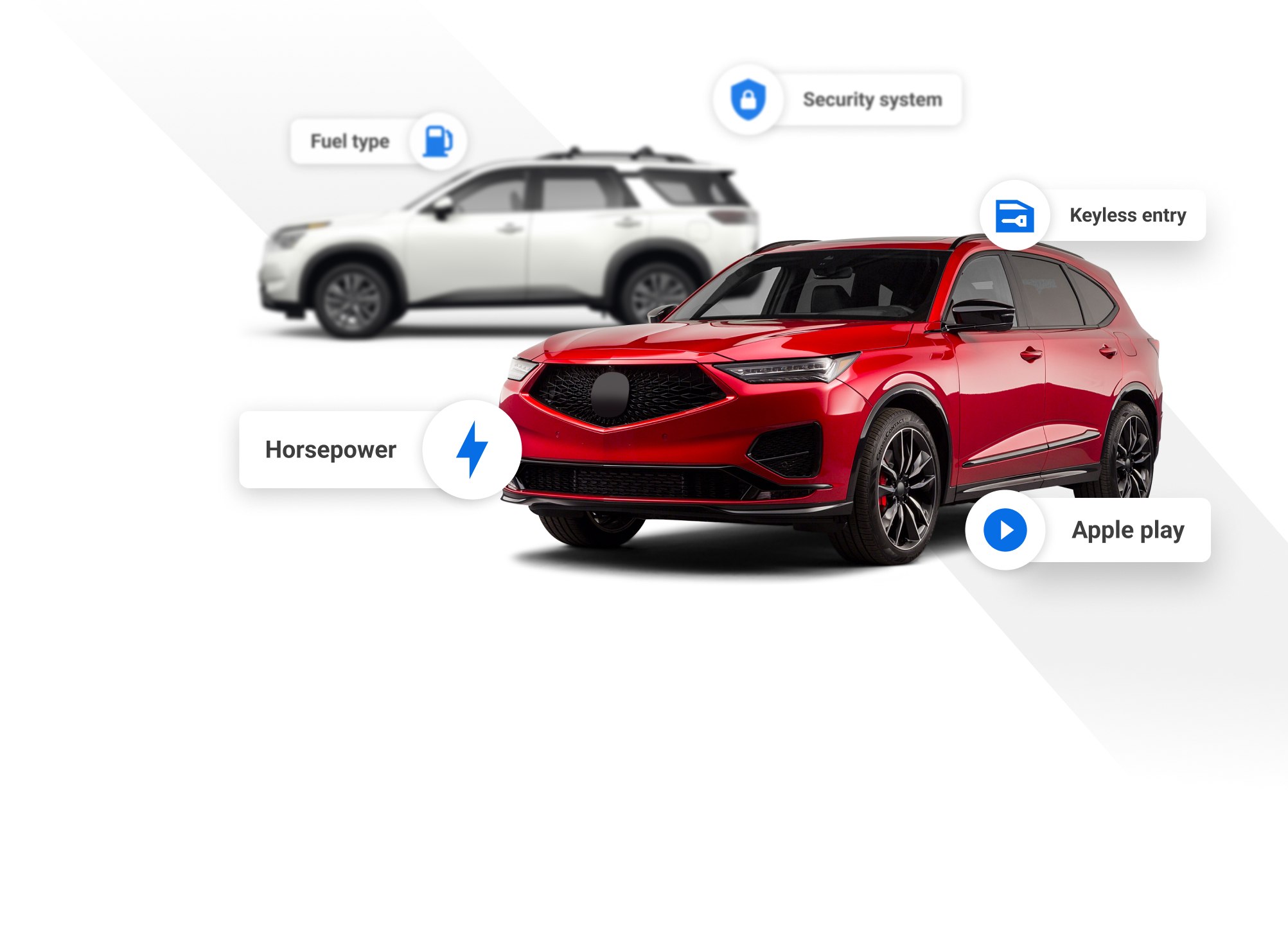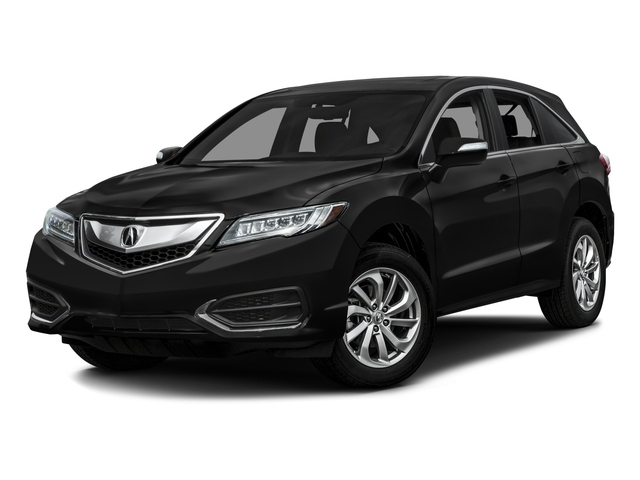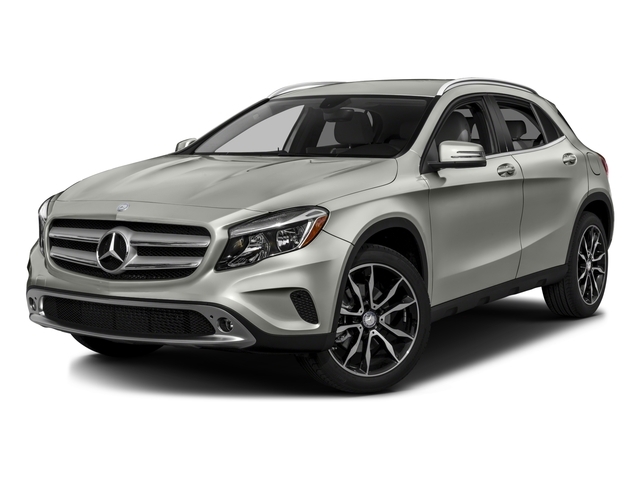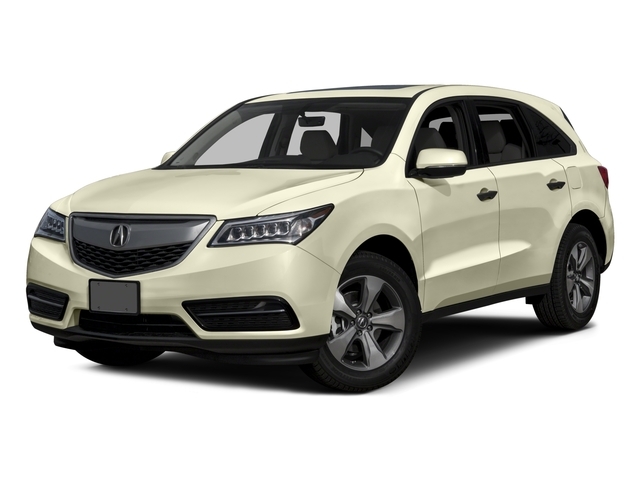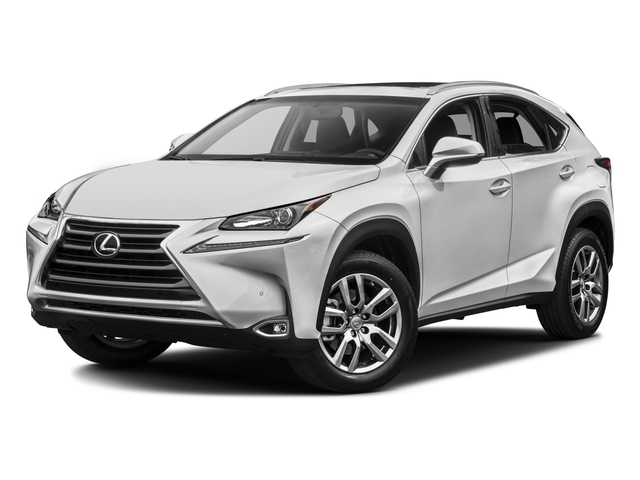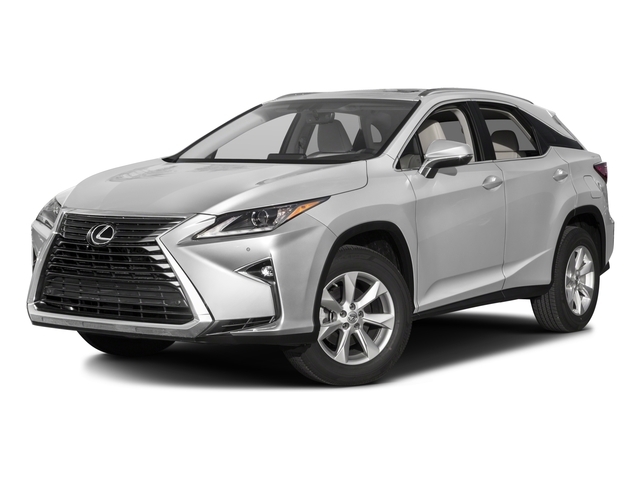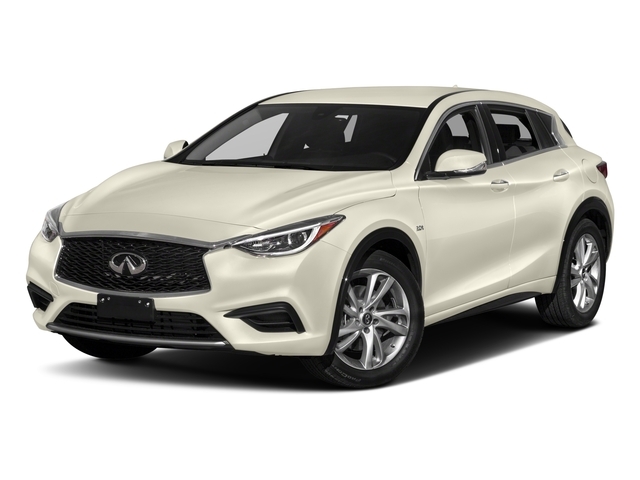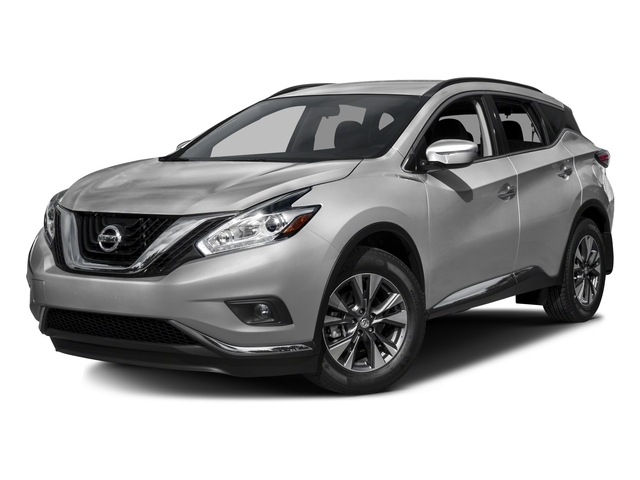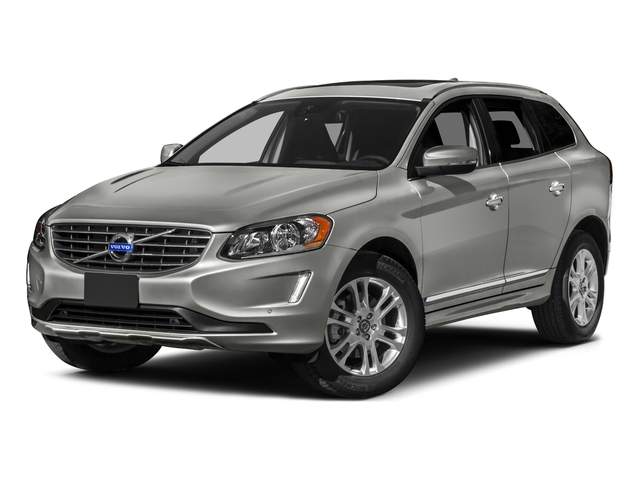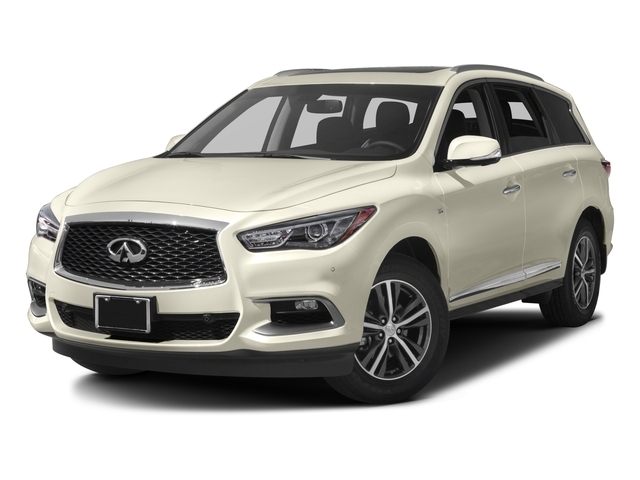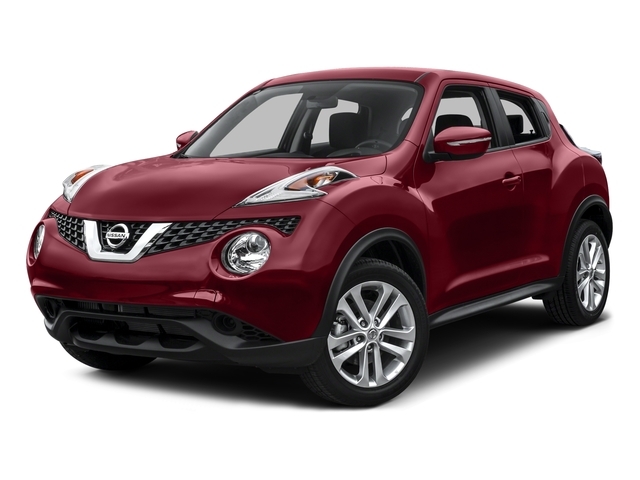
2016 Infiniti QX50

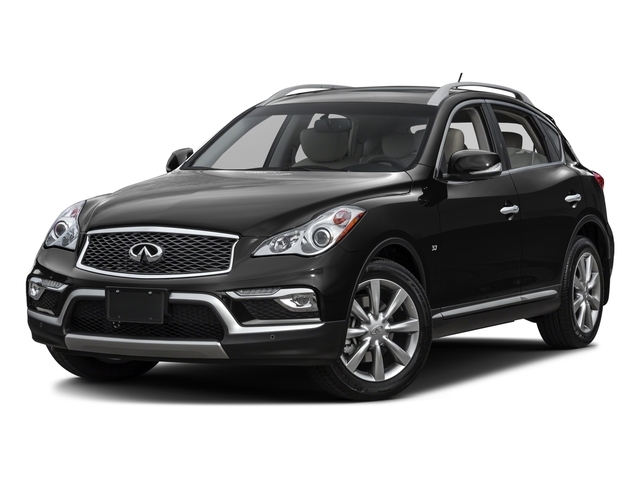
Key Specifications for 2016 Infiniti QX50






Buyer’s Guide
Mid-cycle refreshes for most automobiles are fairly straightforward – new styling, perhaps some tweaks to the interior, and if it’s a fairly substantial refresh, some tweaks to the drivetrain. For 2016, Infiniti’s compact QX50 crossover gets a mid-cycle refresh, but it bucks the trend with a different change: its length.
To meet demand in international markets (read: China), Infiniti added an additional 80 mm between the QX’s front and rear wheels, while the overall length grows by 113 mm thanks to a slightly longer front fascia. The benefit is exclusively to the rear-seat riders – the new QX50 has 172 mm more rear legroom. What hasn’t change is the crossover’s width. As such, the QX’s cargo bay remains unchanged at 526 L, though models equipped with the Premium Package offer a convenient power-return function for the 60/40 split folding rear seats.
Changes to the rest of the car are subtle. LED lights adorn the new front bumper covers. New, too, are the LED tail lights, plus a restyled rear bumper with chromed dual exhaust. A slightly higher ride height of 20 mm provides occupants with a better view out. Opt for the Premium Package and the QX50 rides on new 19-inch wheels with dark-painted pockets.
While most of the QX50’s competitors offer turbocharged four and six-cylinder engine choices, the Infiniti sticks to the tried, true, and fierce VQ37HR engine. The big 3.7-litre puts out an impressive 325 hp and 267 lb-ft of torque, not to mention a sound track that wouldn’t be out of place in a sports car. Infiniti’s “intelligent” all-wheel drive is standard, as is a seven-speed automatic transmission. Using the same platform as the Nissan 370Z as well as the QX70 sports crossover, the QX50 offers near ideal weight distribution, as well as keen handling and a sporty ride. Fuel economy is rated at 13.7 L/100 km city, 9.7 L/100 km highway.
When it first came to the market as the EX35 nearly eight years ago, this was one of the most advanced luxury crossovers thanks to its suite of active safety features. It’s taken years, but the competition has finally caught up to the QX50’s available 360-degree parking camera, lane-keeping assist, forward collision warning, and full-speed radar cruise control. What also hasn’t changed is its interior – the design and infotainment system have stood still with time.
It might come as a surprise that one of the QX50’s strongest suits is value for money. In addition to the extra interior room, there’s more standard equipment including a power moonroof, smart key with push-button start, eight-way power driver’s seat and four-way power passenger seat, reverse camera, and an audio system with USB integration.
Pricing for the 2016 QX50 starts at $37,900. Adding the Premium Package (19-inch wheels, parking sensors, Bose stereo system, wood trim, HIDs, power return rear seats, integrated coat hanger, and more) costs $4,400, navigation and 360-degree parking camera $3,000. The suite of active safety features adds a further $2,500 to the bottom line.
Photos

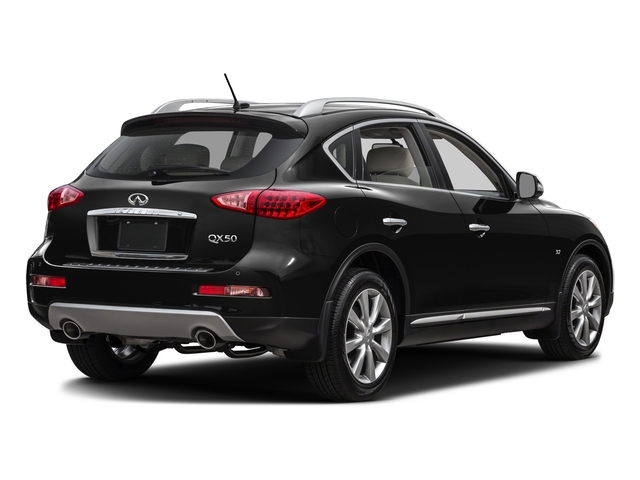


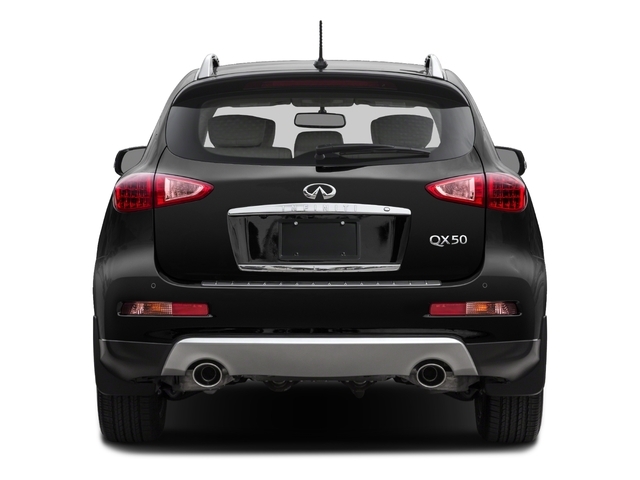


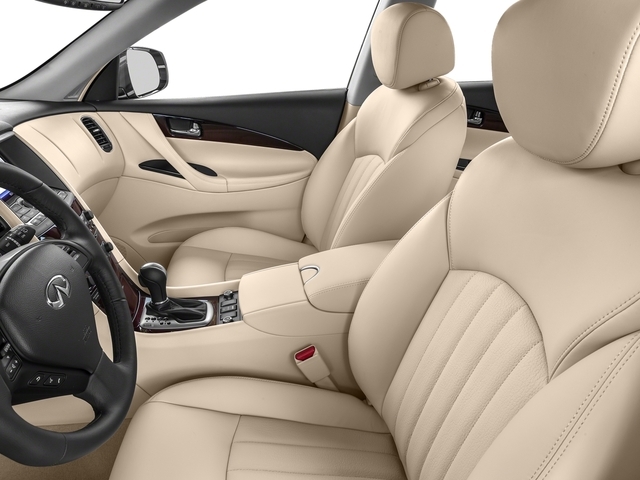
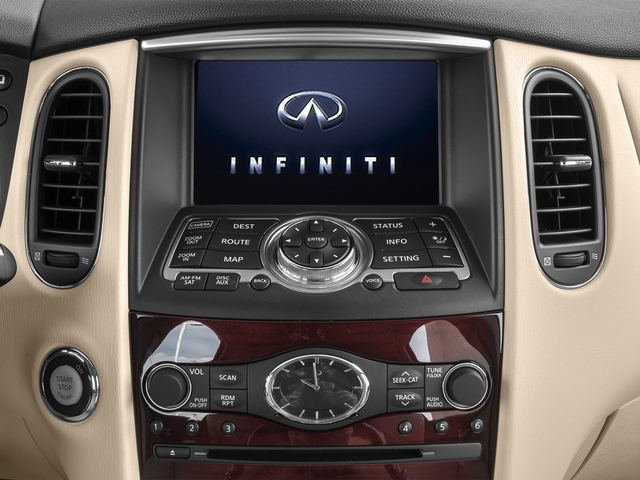
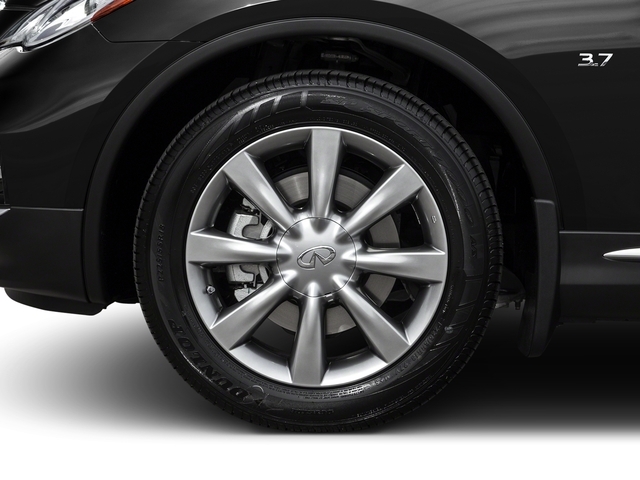
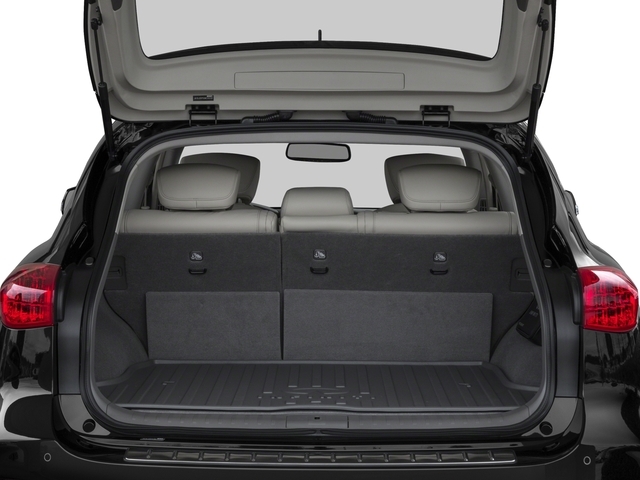
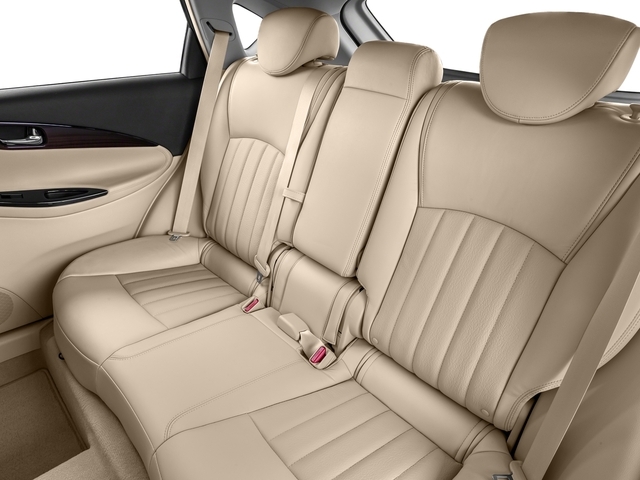
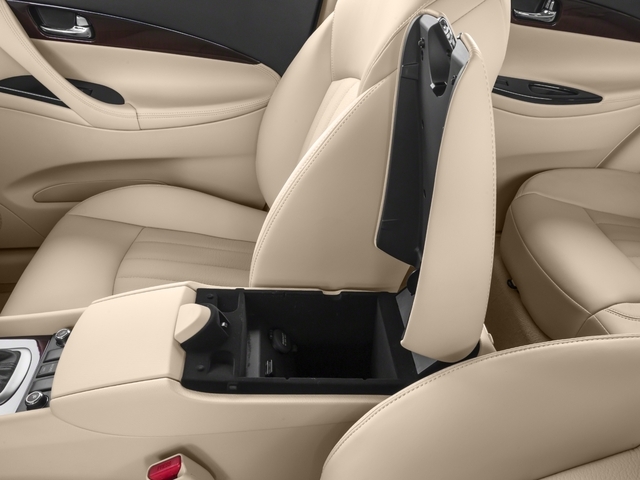
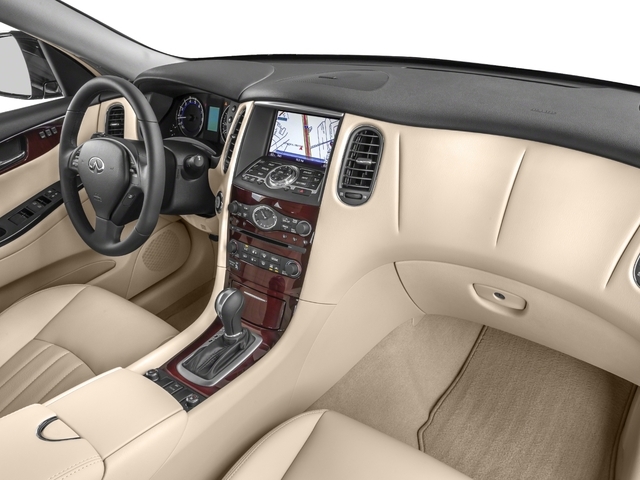
















AutoTrader Review





